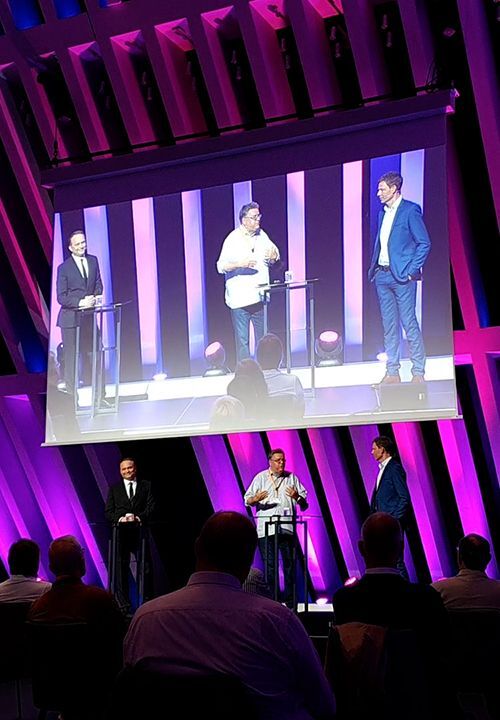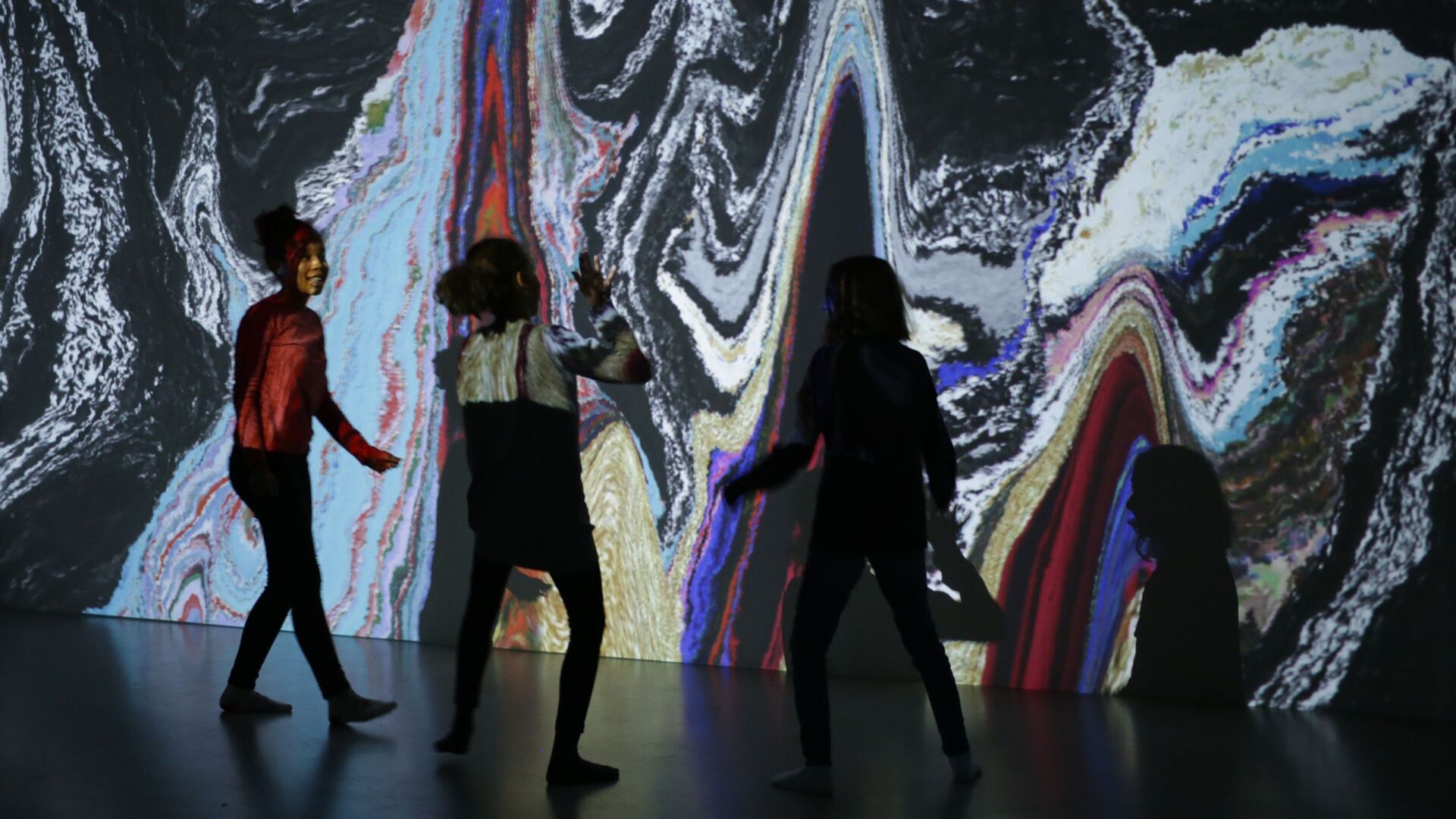
A fresh start for the events industry: the first MICE conference in Switzerland
The first major event after so long: the Circle Conference on 1 July 2021 marked a fresh start for the Read More


One of the world’s first physical and virtual museums, the Zurich Museum of Digital Art – MuDA – opened in 2016. It functions today as an interface between creativity and technology, a place for critical discussions about digitalization, where opposites collide: traditional and modern, human and machine, art and technology.
With MuDA, the founders, Caroline Hirt and Christian Etter, have established a home for digital art in Zurich, where technology, art and science converge, offering the perfect location for the new museum. A successful crowdfunding enabled the founders to develop the MuDA concept and to renovate the premises ahead of the opening in February 2016.
Art, including digital art, should be thought-provoking. In addition to changing exhibitions and a growing virtual collection, MuDA also offers events intended to address and question the earth-shaking developments in the digital world, including sensitive issues such as security, privacy and artificial intelligence.
Three annual exhibitions present an artist or collective, curated by an algorithm named Hal 101, who selects the artists from a neutral standpoint. The digital art is programmed with zeroes and ones, providing food for thought about the digital world, with an eye towards inspiring experts, regular people, and women and children alike.
95-year old Vera Molnar sitting on the floor of her atelier, explaining the rules behind one of her paintings. © Galerie La Ligne
«Kids», an exhibition about human group behaviour, with animations drawn by Michael Frei and programmed by Mario von Rickenbach. © Digital Arts Association
The Slow Screen is a kinetic installation stretching over the entire front of the MuDA. It is made of 805 mechanical pixels which can rotate and thus display patterns, images and text – at a very slow speed. The robotic façade was awarded with the Swiss Design Award in 2017 for best spatial design. © Digital Arts Association